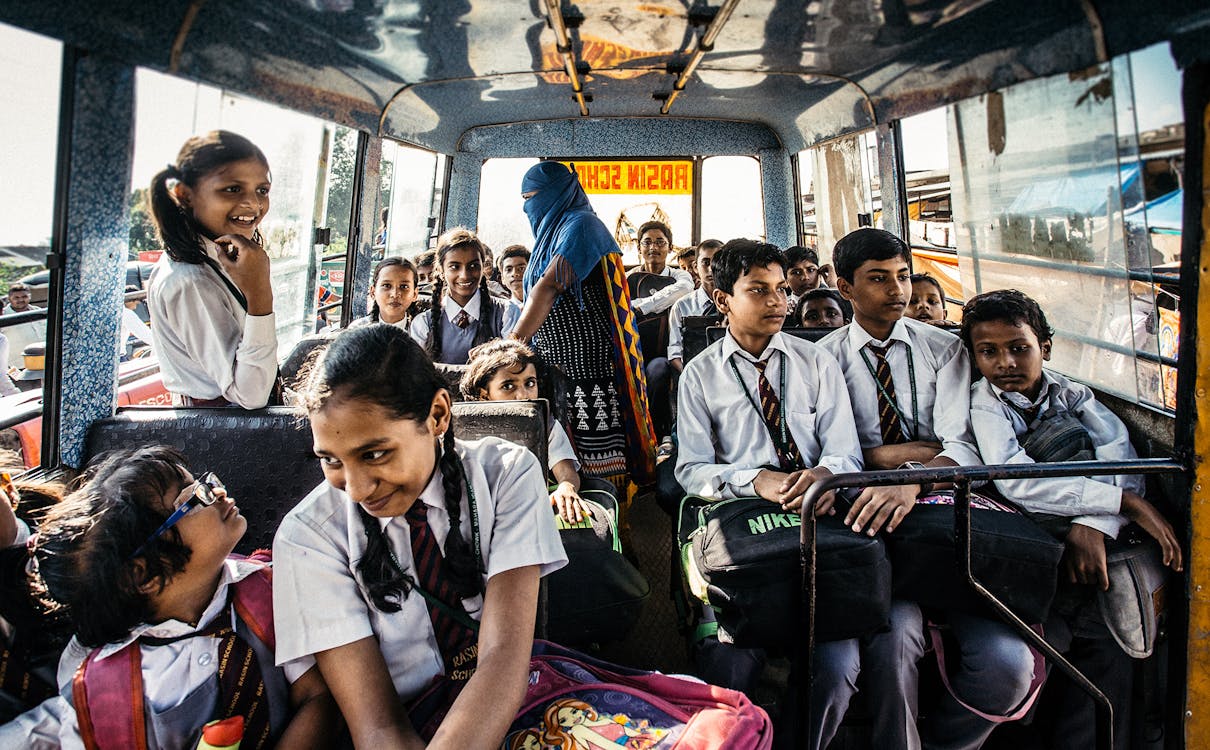
Public transportation remains the backbone of urban mobility, yet the lack of adequate bus services across many cities and towns is causing significant hardships for students and commuters alike. From overcrowded buses to infrequent schedules, these challenges affect education, productivity, and overall quality of life.
Key Issues Faced by Commuters
- Overcrowding and Delays:
Many cities report bus services operating beyond capacity, forcing passengers to endure unsafe and uncomfortable conditions. For students, this often results in delays to school or college, impacting their learning and punctuality. - Limited Accessibility in Rural Areas:
Rural regions face a lack of reliable bus connectivity, compelling students and workers to rely on costly or time-consuming alternatives like private transport or walking long distances. - Infrequent Services:
In urban areas, inconsistent bus schedules lead to long wait times. For professionals and students alike, such delays disrupt daily routines and often result in missed opportunities. - High Costs of Private Transport:
Without affordable public transport, many commuters turn to private cabs or auto-rickshaws, which increases their monthly travel expenses substantially.
Stories of Struggle
- Students’ Plight:
In cities like Delhi, students report that overcrowded buses make it nearly impossible to board during peak hours. Some end up skipping lectures due to unreliable transport. - Commuters’ Challenges:
Office-goers in Bengaluru, often dubbed India’s tech hub, face daily gridlocks worsened by limited bus frequency. Employees report being late to work frequently despite starting their commutes early.
Solutions and Recommendations
- Increasing Fleet Size:
Governments must prioritize expanding bus fleets to reduce overcrowding and cater to growing populations. - Technological Advancements:
Implementing real-time bus tracking systems can improve schedule adherence and transparency for passengers. - Focus on Accessibility:
Initiatives like dedicated student passes, discounted fares, and last-mile connectivity options can encourage more people to rely on public transport. - Public-Private Partnerships (PPP):
Collaborating with private operators can address gaps in routes and schedules. Programs like the Bus Rapid Transit System (BRTS) in cities like Ahmedabad can be replicated elsewhere.
Call to Action
For better urban mobility, citizens and policymakers must work together to advocate for enhanced bus services. Improved infrastructure not only benefits individuals but also contributes to reduced traffic congestion and lower carbon emissions.
To understand how better transport planning can transform cities, read more at World Resources Institute or explore case studies on Urban Mobility India.
#TrendingNow #InspirationDaily #ExploreMore #LifestyleTips #InTheNews #DigitalAge #Insights #Innovation #BehindTheScenes #WorldView #Digital #forensic #postyhive #UrbanMobility #PublicTransportIssues #CommuterStruggles #StudentTransport #SustainableCities
Read more on our more trending special page















Be the first to leave a comment